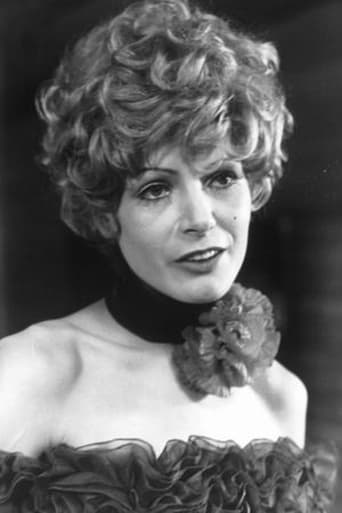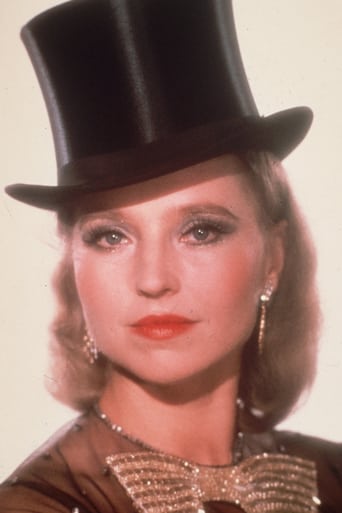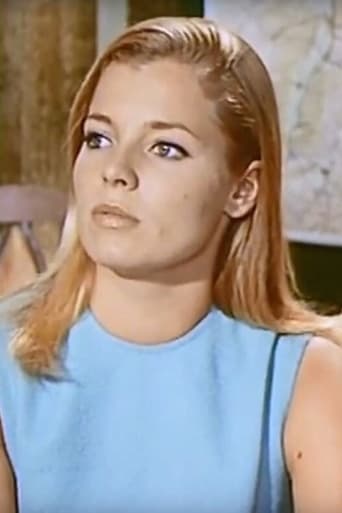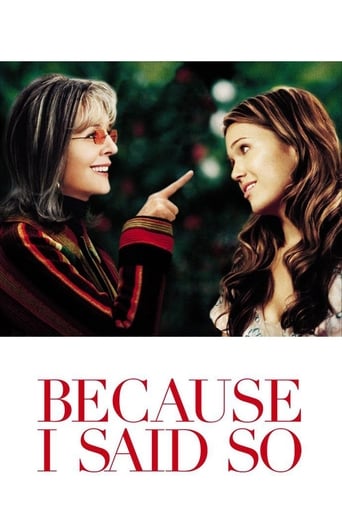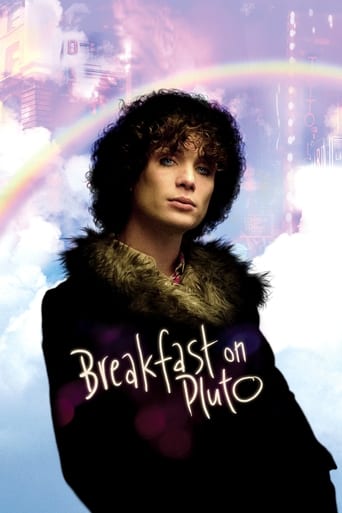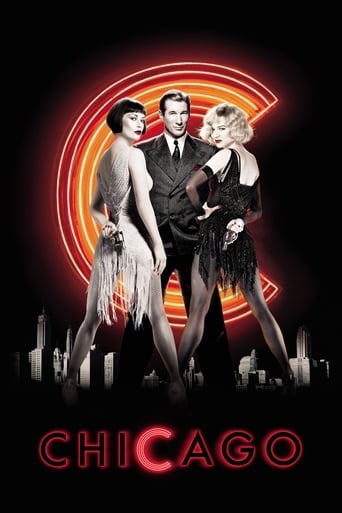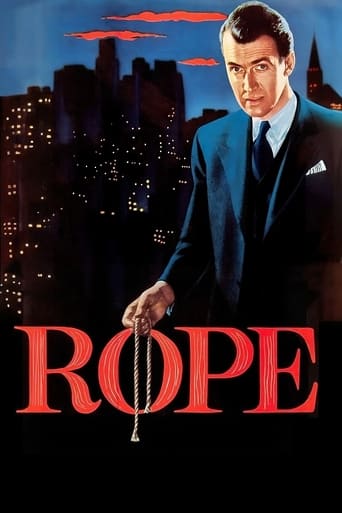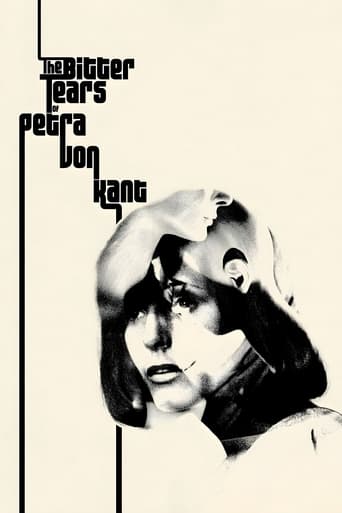

The Bitter Tears of Petra von Kant (1972)
Petra von Kant is a successful fashion designer -- arrogant, caustic, and self-satisfied. She mistreats Marlene (her secretary, maid, and co-designer). Enter Karin, a 23-year-old beauty who wants to be a model. Petra falls in love with Karin and invites her to move in.
Watch Trailer
Cast


Similar titles
Reviews
During his 37 years on Earth, the great German director Rainer Werner Fassbinder made a total of 41 films in his 13 year film career. Not counting the countless plays, TV series and acting gigs he did, his output was ferocious, much like his personal life. There have been many things written and spoken about Fassbinder - that he was anti-Semitic, tyrannical, misanthropic and homophobic (even though he was an open homosexual) - yet no-one will deny his raw genius and his place as a driving force in the New German Cinema movement. He made many fantastic films, and I don't think I would be alone is stating that he was at his best when dealing with melodrama, and more specifically, complex female characters.Possibly his best known film, Fear Eats The Soul, is widely considered his best, but I feel that The Bitter Tears Of Petra Von Kant shows Fassbinder at the top of his game. He usually worked with the same troupe of actors (Brigitte Mira, Kurt Raab, Karlheinz Bohm amongst others) and here he has two of his finest - Margit Carstensen as the powerful yet desperate fashion designer Petra Von Kant, and Hanna Schygulla (who played the title character in Fassbinder's other masterpiece The Marriage Of Maria Braun) as her newly appointed love interest, Karin. In my opinion, Carstensen is one of the finest actresses in cinema history, along with Bette Davis and Liv Ullmann, and is never better here. She is dominating and sadistic, yet when she opens up to her cousin Sidonie (Katrin Scaake) or her new lesbian lover Karin, she is tragic, broken and lonely. It is a tour-de-force on display, as her character changes as much as she changes her hairpieces.Petra is residing in her apartment when we first meet her, awoken by fellow designer Marlene (Irm Hermann) who stays with her. We quickly learn that Petra sadistically treats Marlene like a slave, ordering her to bring her things and even orders her to slow-dance at one point. When she is joined by her cousin, Petra reveals how her past relationships with men have ended in disaster and resentment, and that men will ultimately leave her empty and disappointed. She is introduced to Karin, a timid model who Petra visibly becomes interested in, and eventually infatuated by. As Petra and Karin start a seemingly cold and difficult relationship, Petra's jealousy and fear of loneliness comes to the fore as she struggles to hold herself together. In one particularly powerful scene, Petra sits motionless on the edge of the bed after being told by Karin how none-existent her feelings really are, and a single tear rolls slowly down her face. Her face is as white as porcelain and as motionless as a doll, as the realisation hits her that her situation is as fake as the mannequins she decorates with her creations.Adapted from his own play, Fassbinder never moves the action outside Petra's claustrophobic apartment, instead allowing the pent up feelings to explode within the confines of one room. The screenplay, acting, cinematography and music is absolute perfection, and in my opinion this is Fassbinder's crowning achievement. The final scene, which I won't reveal, is in turn hilarious and heartbreaking. If you are as spellbound as I am by the acting talents of Carstensen, then I would recommend both Fear Of Fear and Satan's Brew (both Fassbinder) to see the full range of her ability. Possibly the finest film of the New German Cinema movement.www.the-wrath-of-blog.blogspot.com
"The Bitter Tears of Petra von Kant" (1972) - was the first Fassbinder's film I saw many years ago in Moscow and it had started my fascination and interest in the work of the enormously talented man who was a writer/director/producer/editor/actor for almost all his movies. "The Bitter Tears of Petra von Kant" is a screen adaptation of the earlier Fassbinder's play and it never leaves the apartment of Petra Von Kant, an arrogant, sarcastic, and successful fashion designer who constantly mistreats and humiliates her always silent and obedient assistant Marianne (Irm Hermann, with whom Fassbinder made 24 movies). As a background for Petra's apartment, Fassbinder uses the blowup of Poussin's painting "Midas and Bacchus." The use of the mural is ironic on more than one level. Nude Bacchus stands in the center of the mural and is the only male presence in a film populated entirely with women. Petra, not unlike legendary Midas wished for herself a golden girl, young and beautiful Karin with golden hair (Hanna Schygulla, another Fassbinder's muse with whom he made over 20 films). As with Midas from legend, it turned to be a huge mistake for Petra who learned herself what abuse, indifference, and humiliation meant. With just a few characters locked in the claustrophobic and suffocating atmosphere of the apartment, the film is never slow or boring thanks to the young director/writer story-telling ability and to magic camera work by Michael Ballhaus ("Goodfellas", "The Last Temptation of Christ", and "After Hours" among others). It is hard to believe that such a gorgeous looking movie was shot for ten days only. I've read that Fassbinder was able to make so many movies in such a short period of time because they were cheaply produced - no special effects, no big action scenes, no exotic locations. This is true but his movies are most certainly not cheap - highly intelligent, thought provoking, always excellently acted and beautiful or perhaps I've been lucky and have not seen the ones that don't fit the description.9.5/10
Rainer Werner Fassbinder started to get some notoriety with this film and it's a film version of one of his own plays. This story strongly represents Fassbinder's own bitterness towards love and relationships. This film takes place in the apartment of Petra von Kant (Margit Carstensen) who is a fashion designer and she spends her days verbally berating her mute secretary/slave Marlene (Irm Hermann). Petra is a lesbian and divorced with a daughter in boarding school and one day Petra's friend Sidonie (Katrin Schaake) mentions that an acquaintance is stopping over. Sidonie's friend turns out to be Karin (Hanna Schygulla) and she has just gotten back to Germany after spending some time out of the country. Petra offers her the opportunity to be a model and she agrees to be schooled by her. Soon Petra is deeply attracted to her and asks Karin to move in which she does. After time passes Petra finds out that Karin still sleeps with men from time to time and then Karin's husband calls and asks her to come stay with him. Karin says yes and asks for money for her trip. Petra gives it to her but is deeply hurt and starts drinking heavily and becomes very depressed. She lashes out at everyone around her and it takes some time for her to function again.*****SPOILER ALERT*****Some critics of this film say that its just too talky and that its just another bad filming of a stage play. But there are other things going on when you watch this film and the cinematography is exceptional. The cinematographer is the great Michael Ballhaus who worked on about 15 productions with Fassbinder. The use of color is very evident in this film even though it takes place in a rather modest apartment setting. The color of red is used effectively when the actors are wearing primarily white and the background usually has large pictures hanging on the walls to give it some interesting depth. Fassbinder has a solid background in theater and when he made films he could work as both director and set designer. It's a striking film to look at and Fassbinder always had a strong view of how his productions should look. The performances are all solid and Carstensen is very strong in the title role. One of the more interesting parts in this film is by Hermann as Marlene. She never speaks in the film and its not known for sure if she's a mute or not. She's basically Petra's slave and it's suggested that they're relationship is founded on Petra's domination of her. At the end of the film Petra tells Marlene that she is giving her freedom. Marlene responds by packing her bag and leaving Petra for what we think is for good. They're relationship was about possession and when that has ended then it's over for them. This basically was what Fassbinder wanted to show everyone and he has always been fascinated by human emotions in dire situations. Petra wanted to possess Karin but she fooled her from the start. She used her and left her without any remorse at all. This film also gives viewers a look at a very young Eva Mattes who plays Petra's daughter Gabriele. Mattes would become a very well known German actress and is probably best known for her work in a couple of Werner Herzog films. This is certainly not Fassbinder's best film but it is a fascinating character study with some very colorful visuals. Fassbinder was one of cinema's greatest directors and this early effort is interesting to watch from start to finish.
Some abstract painters who don't have the patience and dedication to learn how to paint correctly and resort to modern painting. And try to prove it's a better way to express themselves.The performance and directing have nothing to be desired. I can't relate to Petra, who whines and moans for no particular reason.It leaves a bitter taste in my mouth.


